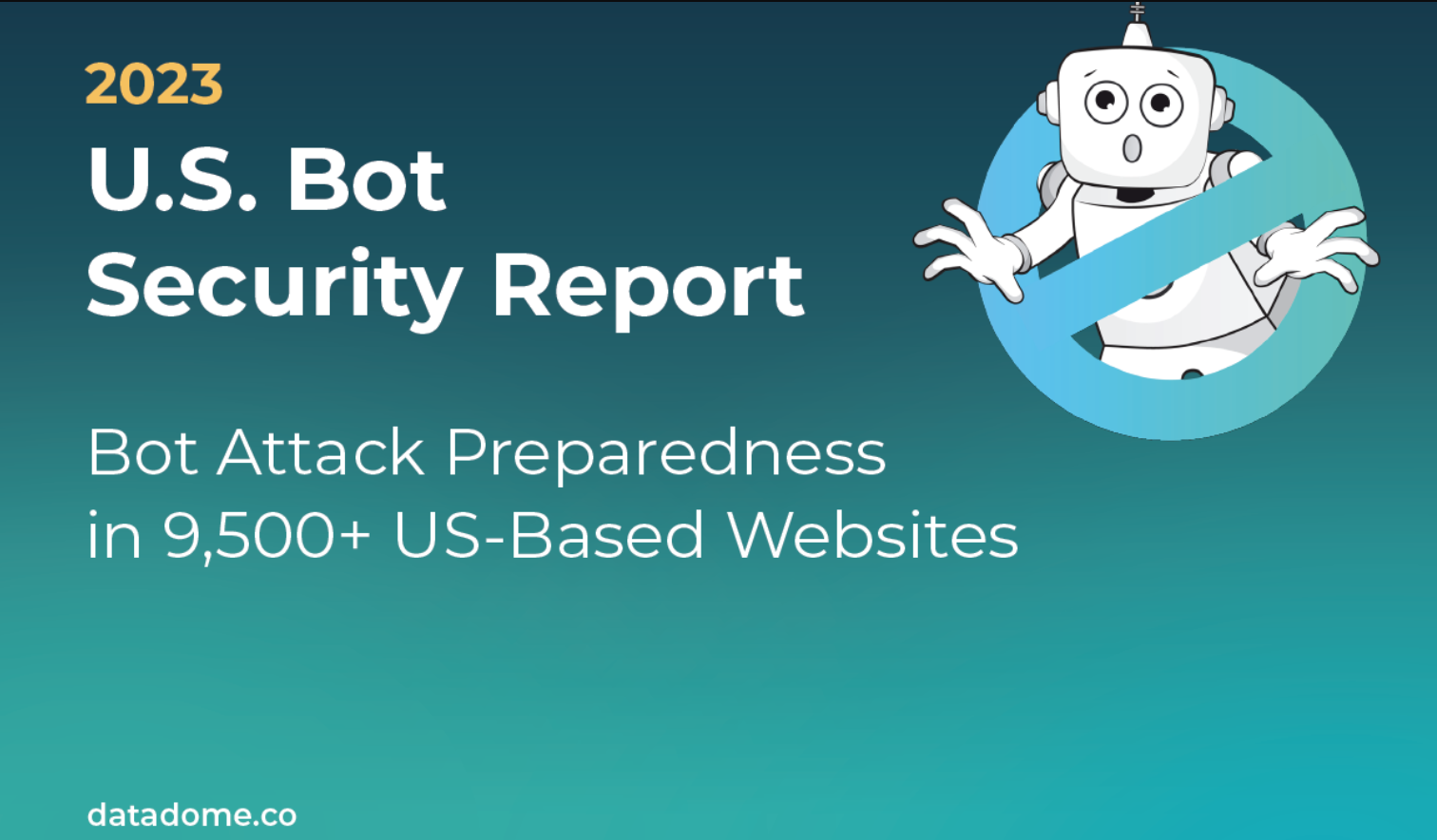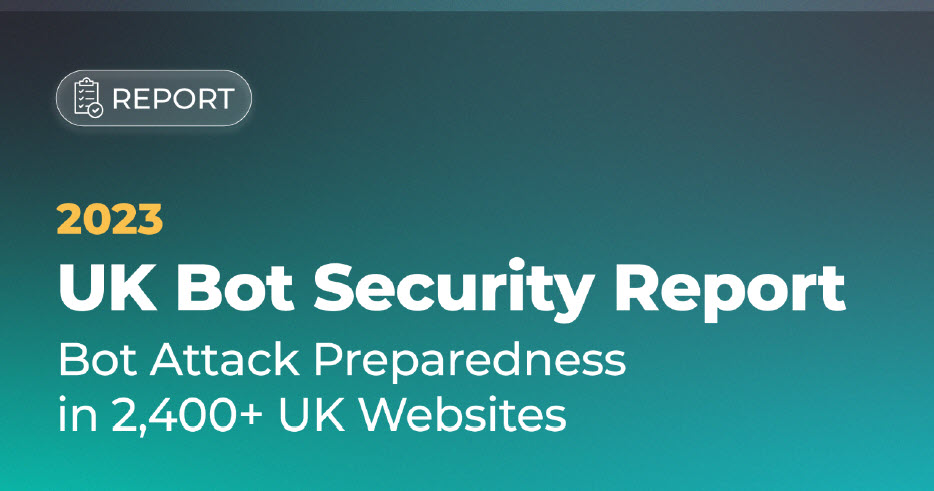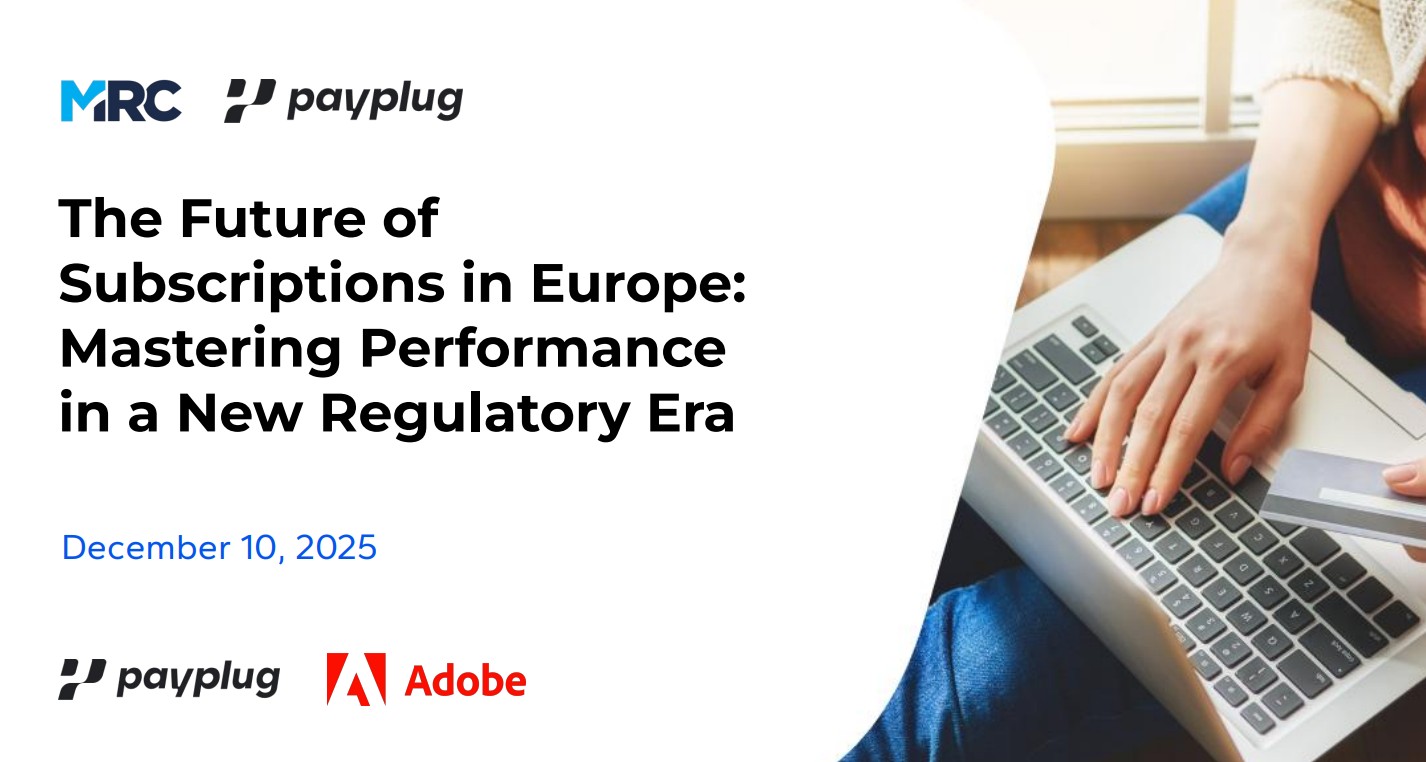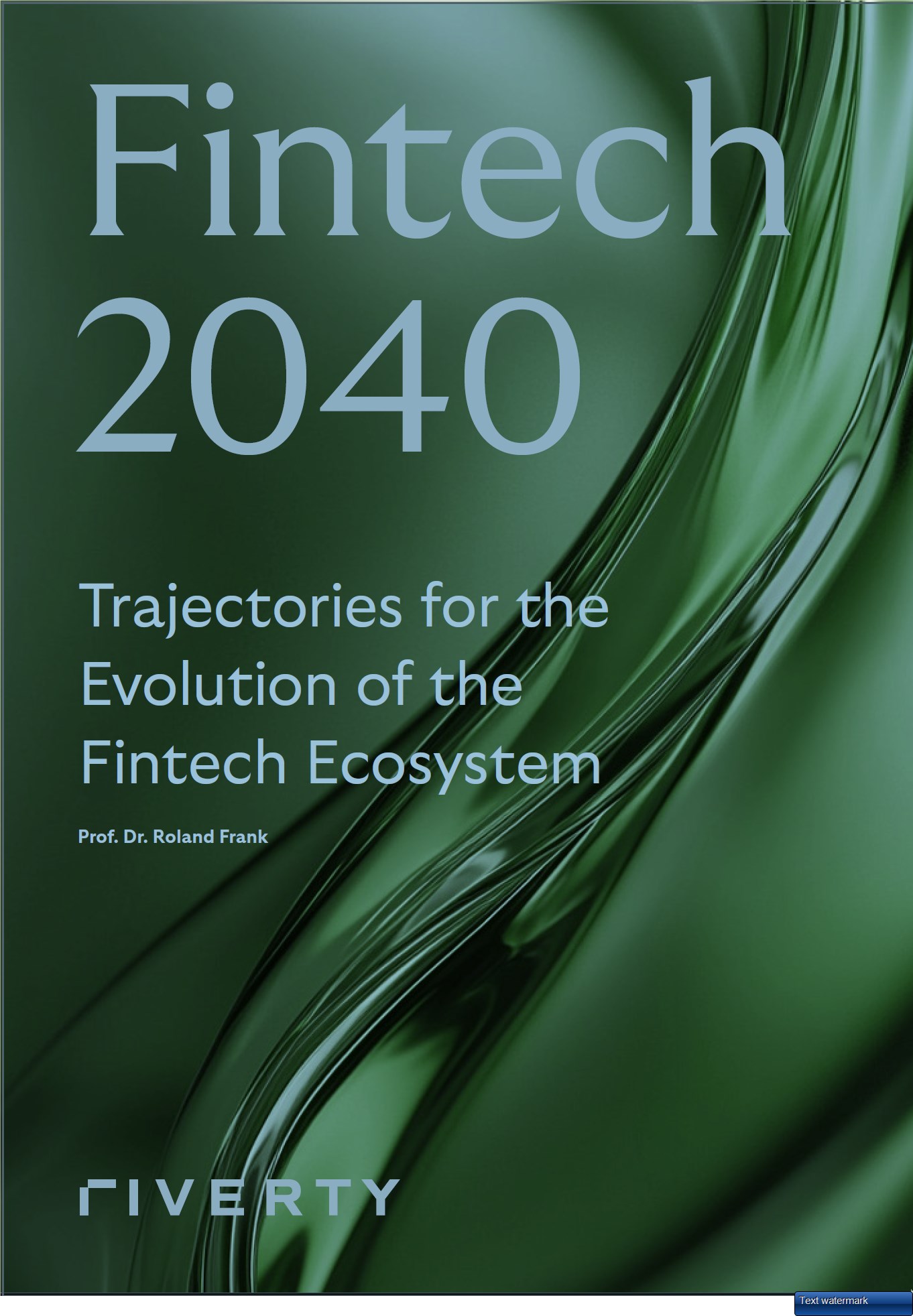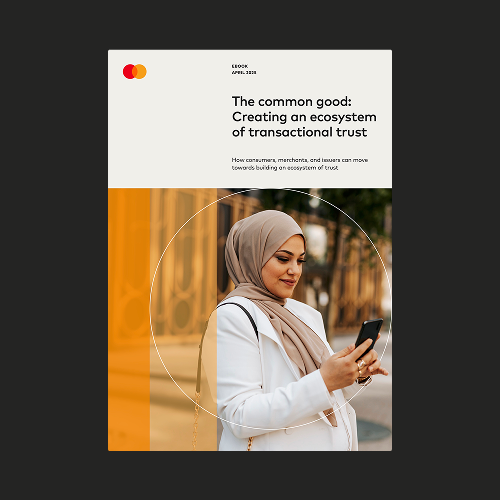Online Identity and the Digital Economy of Tomorrow
Fraud
Management/mitigation
Identity Analytics
Pipl
Mar 06, 2021
Whitepapers
The online world allows people to interact with strangers across the globe without any physical confirmation that they are who they claim to be. In this environment, it is the digital footprints users leave behind which have evolved to become more accurate identifiers than traditional verification and authentication methods.
In this paper, Pipl highlights how we arrived at the current state of authentication and the challenges this poses to online companies, followed by insights on how online identity elements can be combined with "offline" elements to provide more effective results. Brief overviews of Pipl's SEARCH and API solutions are provided, along with a summary of their recursive search algorithm. Four factors expected to influence risk mitigation in the future round out the document.
In this paper, Pipl highlights how we arrived at the current state of authentication and the challenges this poses to online companies, followed by insights on how online identity elements can be combined with "offline" elements to provide more effective results. Brief overviews of Pipl's SEARCH and API solutions are provided, along with a summary of their recursive search algorithm. Four factors expected to influence risk mitigation in the future round out the document.
Some content is hidden, to be able to see it login here Login

Host a Webinar with the MRC
Help the MRC community stay current on relevant fraud, payments, and law enforcement topics.
Submit a Request
Publish Your Document with the MRC
Feature your case studies, surveys, and whitepapers in the MRC Resource Center.
Submit Your Document




